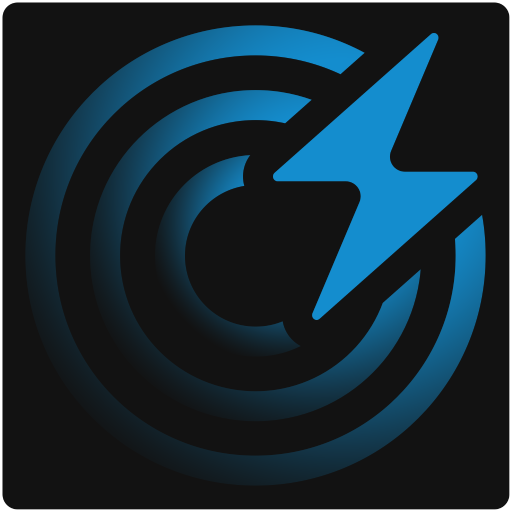Current Risks:
- Cables aren’t resilient enough and begins shearing. Debugging this would be very difficult as they are long cables.
- The arduino and other hardware doesn’t fit in the allotted space
- we run out of wood and have to scavenge something else to use
- Wiring Instability: Despite improvements, the wires not being soldered directly to the PCBs might lead to connections loosening over time, particularly under physical stress or movement.
- Short Circuits: Even with the revised setup, the risk of short circuits remains if wires are exposed or poorly insulated.
- Component Wear: Repeated soldering and desoldering can degrade PCB components and connections, potentially leading to failures.
- Software Bugs: Modifications to the ammeter sensing code and other software components increase the risk of introducing bugs that could affect system stability and functionality.
- Noise and Interference: Despite efforts to minimize noise in the ammeter readings, external electromagnetic interference could still impact the accuracy of measurements.
Schedule Changes:
No schedule changes, we are on track to finish for demo day.
Design Modifications:
None as of right now, but there may be some for next week, as we haven’t truly focused on system integration yet.
As you’ve designed, implemented and debugged your project, what new tools or new knowledge did you find it necessary to learn to be able to accomplish these tasks? What learning strategies did you use to acquire this new knowledge?
We recognize that there are quite a few different methods (i.e. learning strategies) for gaining new knowledge — one doesn’t always need to take a class, or read a textbook to learn something new. Informal methods, such as watching an online video or reading a forum post are quite appropriate learning strategies for the acquisition of new knowledge.
As a team, we used a few novel tools to assist with debugging. Before we even began working on the project, we found and watched videos online about magic sand drawing tables. These have similar hardware as our table does, just without the sensing component. Being able to find and draw inspiration from projects online was a first for all of us, especially for something this large and complex. For the sensor array, using a visual heatmap was exceptionally helpful in finding faulty sensors rather than just relying on terminal printouts. For hardware, while we used no novel tools, we did have to learn how to manage large assemblies. The final assembly file in SolidWorks is upwards of 150 parts, and working on something that large brings nearly all computers to their knees. We also had to learn how to 3D print with the bamboo X1 Carbon, a printer none of us had used before.
